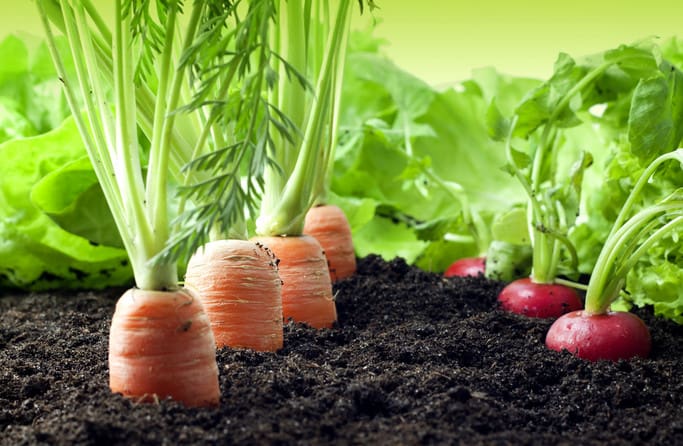If you are a true gardener, you will not consider soil as simple dirt. You understand the difference between the stuff you dig up in the backyard versus black gold that consists of manure, compost, millions of beneficial microbes working underground and decomposed organic matter.
It’s very fortunate for the gardeners that the process of converting dirt to the soil is a very easy process. Within this context, you need to understand three of the most commonly used gardening terms, i.e. structure, tilth, and texture as it will allow you to clear up one of the dirtiest mysteries of gardening.

Let’s begin with soil texture:
Texture basically refers to the relative percentage of silt, sand, and clay present within the soil. In an ideal situation, a gardener would be happy if there is an equal amount of each. When three of these are proportionate, the soil is known as to be loamy.
Soil that has a great structure would allow the roots of the plant to spread, appropriate moisture retention and there will be essential air pockets between the tiny spaces between soil particles.
Next in line is the soil structure:
The structure basically refers to how clay, silt, and sand fit together. When the soil holds together even after being squeezed then it proves that the structure of the soil is good. But if the soil crumbles or breaks apart when disturbed then the structure is poor. So, you should try to blend the right amounts of silt, sand, and clay to get a good structure. But you should not over think it. You should jut ensure that you have a diverse mix of soil components to get the perfect structure.
Here’s a trick that might help you. You should add plenty of compost in the garden beds. You should know that composted manure is easily available at home improvement stores and garden centers.
You should also know that when the soil has good tilth, it will drain well. It is loose enough to allow adequate drainage but dense enough to retain moisture for so long that the plant roots can utilize it. This is the reason why garden soil should not have too much sand or clay.
The key is to know about from which extreme you are starting because if the soil is too dense then your action should be to loosen it up. It can be done by adding gritty organic material such as compost bark. But in either case, the organic material will continue to break down over time. It is essential that you monitor the soil in a consistent manner so that you can make changes when it’s needed.
If you take the aforementioned ideas seriously and understand the key things that contribute to making soil perfect then you will achieve the aim of having the best garden ever. Even when you are not considering the current soil texture, structure or tilth, you can still change what you already have by doing a soil makeover.
For that, you will need to add organic material such as humus, compost, leaf mulch, composted cow manure, peat moss, etc. Also, remember that persistence is the key to having a perfect garden that everyone appreciates.
